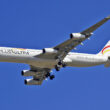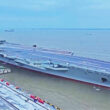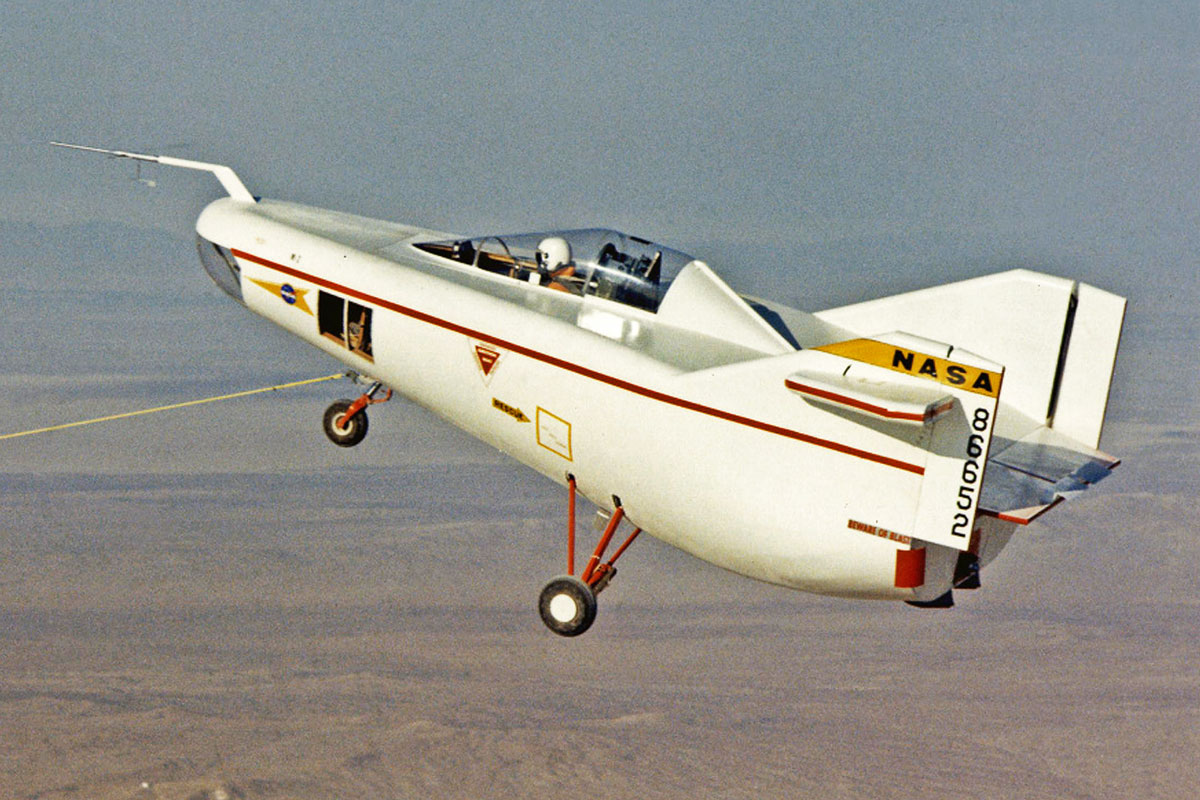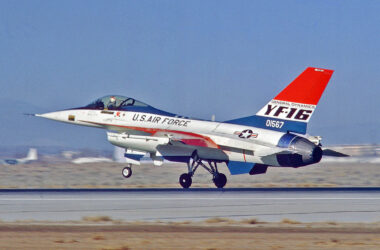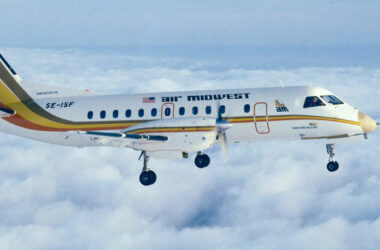It all began in 1985 when The Los Angeles Times and Aviation Week noticed the term “Aurora” inadvertently appeared in the US Air Force Budget as a project linked to secret aircraft.
At that time, the F-117A stealth fighter was already in service, but was kept secret, although journalists referred to it with the code name “F-19”. The B-2, a flying-wing bomber, was about to be revealed years later.
Therefore, there were advanced programs underway, but it was not known exactly whether “Aurora” was one of them.
Follow Air Data News: WhatsApp | Google News | Instagram | LinkedIn | Twitter | Facebook
In August 1989, however, Chris Gibson, an observer from the Royal Observer Corps who was on a gas platform in the North Sea, 100 km off the coast of Norfolk, England, reported seeing a strange scene: a triangle-shaped aircraft was refueled in the air by a KC-135 tanker.
Next to them, two F-111s, bombers that were a little smaller than the supposed plane. The group was flying towards the United Kingdom, probably on its way to an American base in the country.
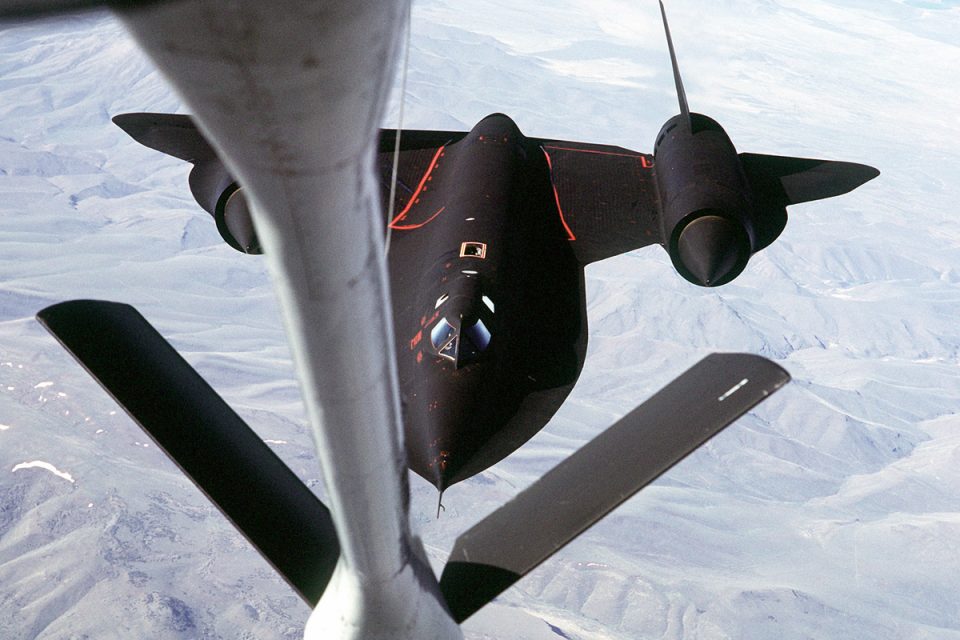
During the same period, observers in the vicinity of the famous secret military base ‘Area 51’ began to hear a strange aircraft sound early in the morning.
It was enough for the mysterious ‘Aurora’ project to attract the attention of many people around the world.
The nickname comes precisely from the leaked budget document, which mentions this name. However, almost 40 years after the first rumors, the existence of the supposed hypersonic spy plane has not yet been proven, always denied by the United States government, which considered the matter a myth.
Are spy planes still relevant?
Despite the denial and lack of evidence, Aurora did not disappear from the news. In 2014, new reports emerged of people in England hearing a strange pulsating sound from an extremely fast plane.
If it is real, the ‘Aurora’ would be the best kept secret by the US military in all of history.
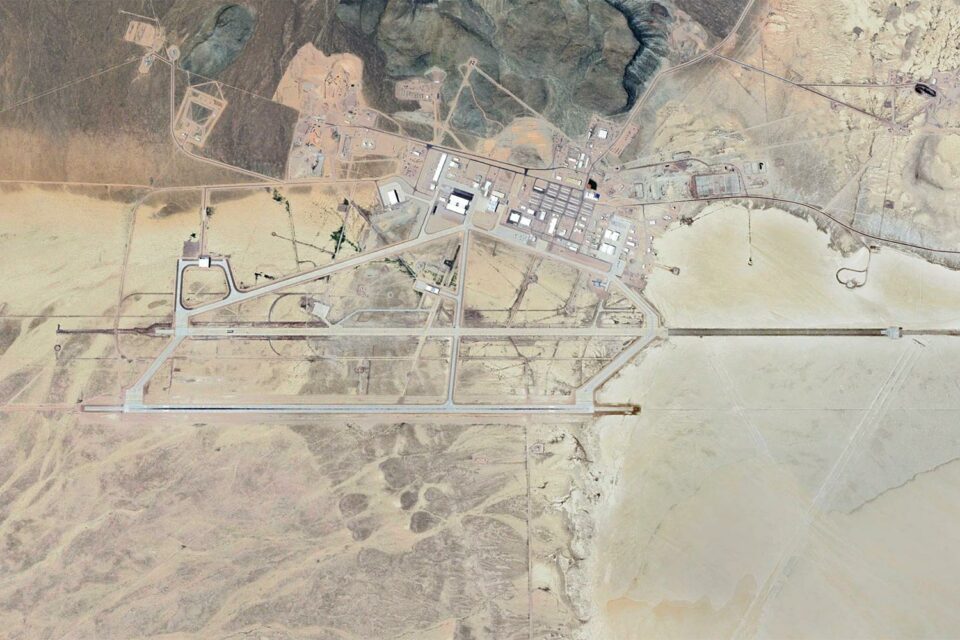
But the question remains: is there really a need for an aircraft like this in times of spy satellites?
The answer is not simple, but the fact that the United States Air Force has repowered the classic U-2 plane shows that satellites are not always able to capture the necessary intelligence information.
An impression reinforced by the Chinese “weather balloon” that crossed the United States in 2023 with its various cameras and sensors.
Ramjet technology
At least for countless enthusiasts and scholars of the subject, Aurora is a reality.
Even without any reliable evidence, the supposed plane even has a detailed description: 33.5 meters long (the same as the Boeing 737), 18.2 meters wingspan, flight ceiling of more than 40,000 meters, and the ability to fly between Mach 5 and Mach 8.
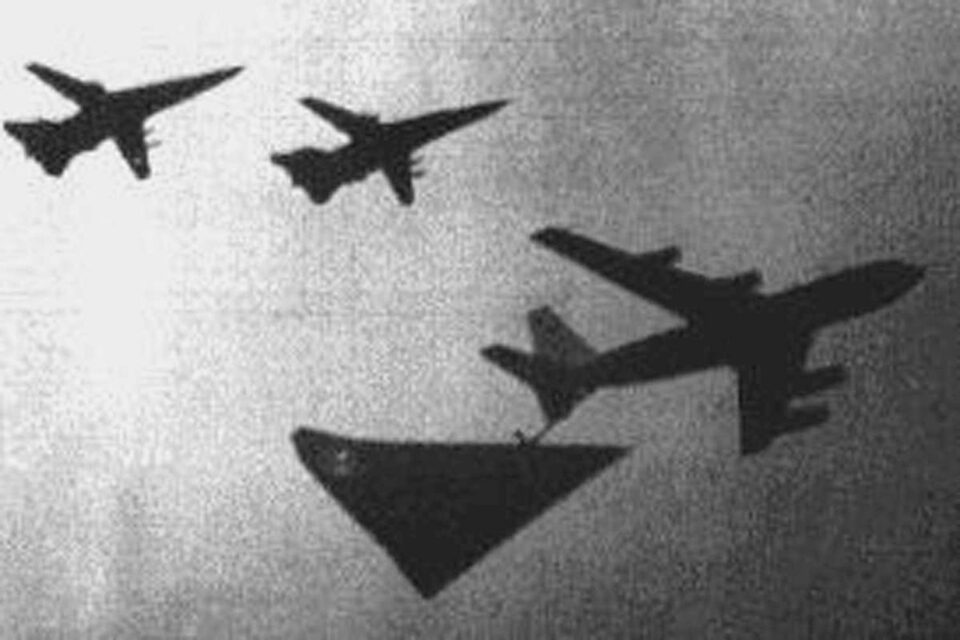
To achieve this performance, the Aurora would use ‘Ramjet’ or ‘Scramjet’ type engines. As it is necessary to operate at high temperatures where turbines and compressors do not work well, a hypersonic plane needs technology capable of generating energy even in such a hostile environment.
The ‘Ramjet’ works with an extremely hot and fast air flow that requires pulsed detonation of fuel, hence the thesis that reports of people hearing these unusual sounds from an airplane.
The pulse engine concept gained more traction with the sighting of condensation trails shaped like ‘donuts on a rope’ in 2006 in the city of Austin, Texas.
Skunk Works
As with almost all secret American aircraft projects, the task of creating the ‘Aurora’ was reportedly assigned to the ‘Skunk Works’ division of the aerospace company Lockheed Martin.
Known for creating aircraft such as the F-117A and the U-2 and SR-71 Blackbird spy planes, the team was led by legendary engineer Clarence ‘Kelly’ Johnson, who passed away in 1990.
Follow Air Data News: WhatsApp | Google News | Instagram | LinkedIn | Twitter | Facebook
The Aurora would be the natural successor to the Blackbird, a plane capable of flying above Mach 3 and which played a fundamental role in the Cold War by scouring the ‘Iron Curtain’ in search of Soviet secrets.
The Blackbird ended up being retired in the 90s, but its story inspires those who believe in the existence of the mysterious plane.
In the 1960s, his existence was also denied by the government, although several people witnessed its missions in Southeast Asia at the time of the Vietnam War.
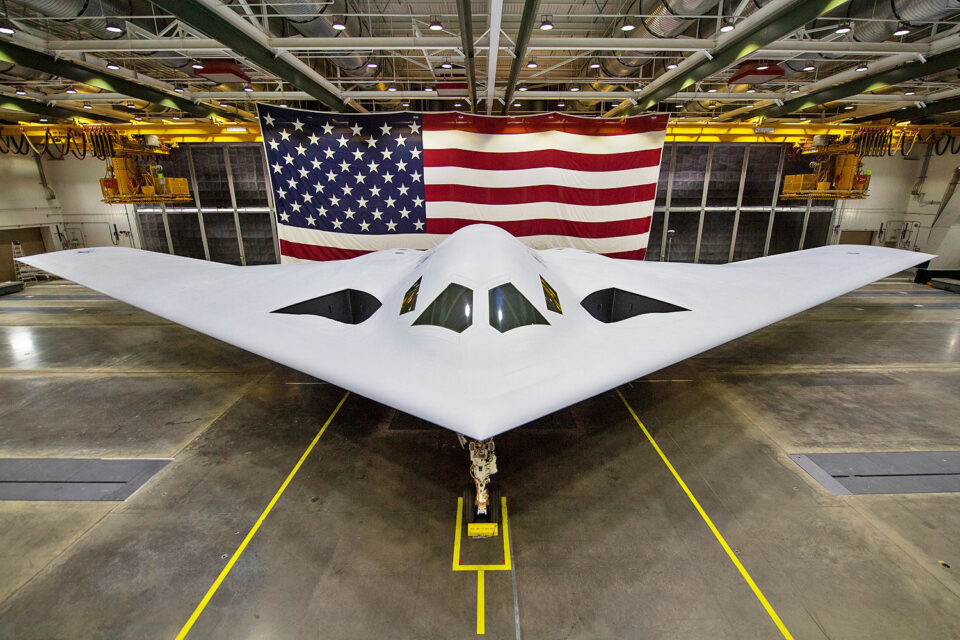
Based in California, ‘Skunk Works’ doesn’t usually have any ‘approved’ government projects, but there are always a lot of people working at their facilities. And if Aurora really exists, the ideal place for it to be developed would have been in ‘Area 51’.
Place of veneration for ufologists and enthusiasts about supposed extraterrestrial beings, the air base is also the scene of strange plane sightings and noises, but it can be said that the desire to find something unexplained may have affected a good part of the testimonies.
In fact, the Aurora has already been the target of attempts to prove its existence through fraud such as a black and white image that showed the plane refueling or when a smaller scale model aircraft with its shapes was considered authentic.
However, the observation that the air base had its facilities expanded a few years ago, with the addition of new hangars, buildings and an extra runway, suggests that work in ‘Area 51’ has been intensified.
Perhaps the most intriguing thought is to imagine that the United States government, after revealing its first stealth planes in the 90s (the F-117A, the B-2 bomber and the F-22 fighter), only in 2022 presented a 6th generation aircraft, the B-21 Raider.
It’s been three decades without any super advanced aircraft being presented to the public.

Holes in the defense budget
But if anyone can speak truthfully about Aurora, it’s Bill Sweetman. The veteran aviation journalist is considered the world’s leading authority on ‘black projects’.
It is no coincidence that Sweetman was the author of the article that put the ‘Aurora’ in the media, published in Aviation Week.
The journalist even published a book about Aurora in 1992, based on his investigations. Sweetman also pored through thousands of pages of the American government’s budget looking for ‘holes’ where a project like this could fit.
Once, the journalist found the amount of US$9 billion spent without any explanation, one of the maneuvers to allow projects of this type to be carried out.
For the British, Aurora may have suffered a huge delay due to technological complications. One of them would be fuel. In the 1990s, hydrogen and methane may have been tested, but they would not have allowed the plane to enter into operation due to usage limitations.
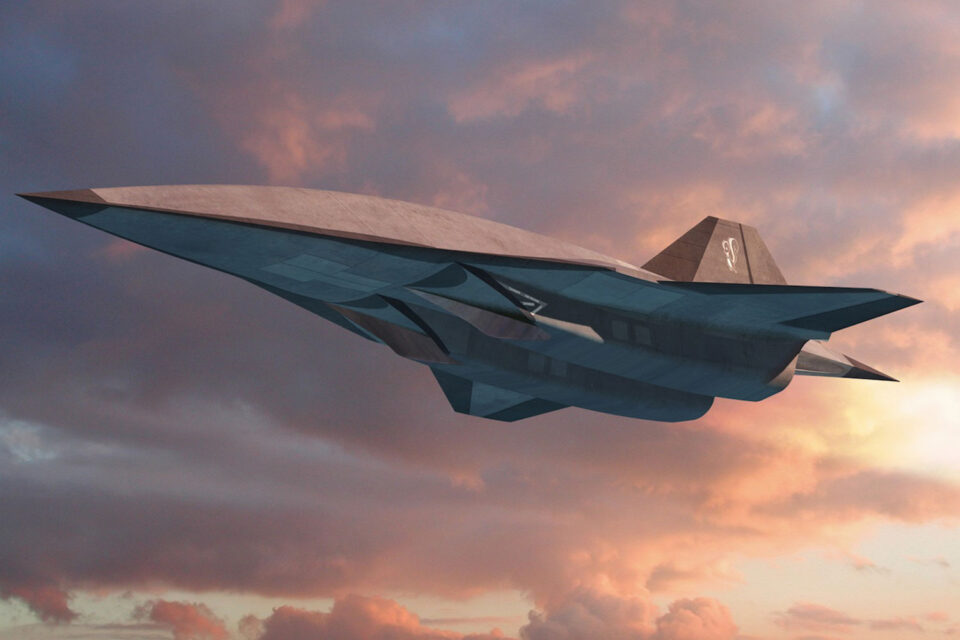
Could the return of supersonic booms around the world in recent years mean a new phase in the development of the aircraft?
It makes sense after Rob Weiss, general manager of Skunk Works, told the same Aviation Week in 2017 that hypersonic flight technology was “mature” enough and that efforts were being made to fly such an aircraft.
In an article published by Popular Science in 2006, Sweetman provided his verdict.
“The question, finally, does Aurora exist? Years of pursuit have led me to believe that, yes, Aurora is most likely in active development, spurred on by recent advances that have allowed technology to catch up with the ambition that launched the program a generation ago.”


